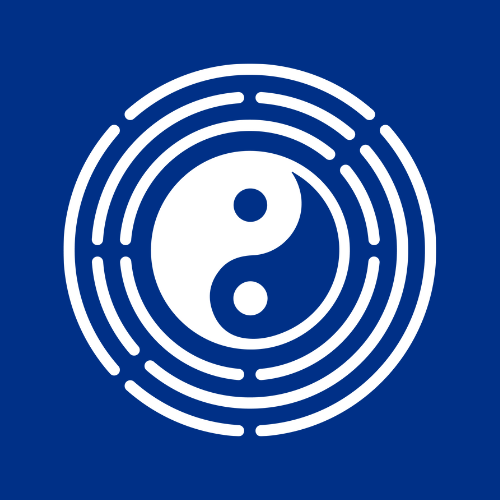The Fundamentals of Acupuncture
Acupuncture, a cornerstone of traditional Chinese medicine (TCM), has a rich history extending over 2,000 years. Originating in ancient China, this practice revolves around the concept of restoring balance to the body’s energy flow, known as qi (pronounced “chee”). According to TCM, qi circulates through pathways called meridians, which connect different bodily organs and systems. When qi is blocked or imbalanced, it is believed to lead to illness or pain. Acupuncture aims to rectify these imbalances by stimulating specific points on the body, promoting the free flow of qi and, consequently, overall health.
Various acupuncture techniques have evolved over time, catering to diverse therapeutic needs. The most well-known technique involves the insertion of fine needles into precise points on the body. These needles are typically left in place for about 20 to 30 minutes. Modern adaptations of acupuncture include electro-acupuncture, where electrical currents are passed through the needles to augment stimulation, and acupressure, where pressure is applied to acupuncture points without using needles. Other methods include cupping, which involves placing suction cups on the skin, and moxibustion, where dried mugwort is burned near the skin to warm and invigorate the flow of qi.
From a scientific perspective, acupuncture is thought to work through several physiological mechanisms. Research suggests that needle insertion stimulates nerves, muscles, and connective tissues, enhancing blood flow and triggering the release of the body’s natural painkillers, such as endorphins. Studies have shown that acupuncture can be effective in managing a variety of conditions, including chronic pain, stress, migraines, and digestive disorders. Moreover, it has garnered growing acceptance in Western medicine, often being integrated with conventional treatments to enhance patient outcomes.
The integration of acupuncture into contemporary health practices signifies its expanding recognition as a viable treatment option. Health practitioners increasingly recommend it for patients seeking holistic and complementary therapies. As our understanding of its mechanisms deepens, acupuncture continues to bridge the ancient wisdom of Chinese medicine with modern wellness approaches, offering a diverse array of benefits for today’s health challenges.
Chinese Herbal Medicine: Nature’s Pharmacy
Chinese herbal medicine is a cornerstone of traditional Chinese medicine (TCM), relying on a vast array of herbs to treat various ailments. This practice often employs complex formulas that combine multiple ingredients to enhance therapeutic effects and minimize side effects. The historical development of Chinese herbal medicine dates back thousands of years, with seminal texts like the ‘Shennong Ben Cao Jing’ (Classic of the Materia Medica) laying the groundwork for its methodologies and applications.
Central to Chinese herbal medicine are the principles of yin and yang and the five elements: wood, fire, earth, metal, and water. These concepts are integral in diagnosing conditions and tailoring treatment plans. The balance of yin and yang in the body is believed to be essential for health, and herbs are chosen to restore this balance and align the body’s energy systems. Similarly, the five elements theory helps practitioners understand the interrelationships within the body and the external environment, guiding them in selecting appropriate herbs to treat specific imbalances.
Herbal formulas are customized based on an individual’s unique constitution and presenting symptoms. For instance, a person with a cold-induced ailment may receive warming herbs like ginger, while someone with heat-related symptoms might be prescribed cooling herbs like mint. Among the myriad herbs used in TCM, some common examples include ginseng, known for its energy-boosting properties; ginger, valued for its anti-inflammatory and digestive benefits; and licorice root, often used to harmonize other herbs in a formula and offer soothing effects.
A thorough diagnosis by a trained professional is critical to ensure the safe and effective use of Chinese herbal medicine. Practitioners consider various factors such as the patient’s tongue and pulse diagnosis, detailed history, and individual health goals before administering treatment. The integration of Chinese herbal medicine with modern healthcare practices can result in comprehensive treatment plans, providing patients with holistic care that addresses both the symptoms and root causes of their conditions.
